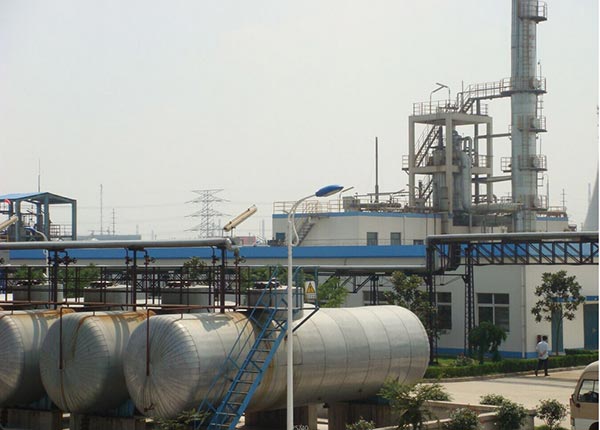JAKARTA (Reuters) – Indonesia, the world’s biggest palm oil producer, is offering incentives to developers of a new 100 percent palm oil-based “green diesel”, which the net oil importer hopes can replace costly fuel imports within three years, the country’s industry minister said.

Biodiesel for land transportation in Indonesia currently consists of a 20 percent bio component that is mixed with petroleum diesel. That component is expected to be raised to 30 percent in 2020.

In Indonesia, the bio portion of biodiesel is made with fatty acid methyl esters (FAME) from palm oil, but efforts to increase FAME concentrations in biodiesel have faced resistance from regulators as well as the automotive and oil industries.
While biodiesel can cut fuel costs and reduce emissions, higher blends of FAME require special handling and equipment as the fuel has a solvent effect that can corrode engine seals and gasket materials, and it can solidify at cold temperatures.
But according to Industry Minister Airlangga Hartarto, Indonesia has found a new way to produce biodiesel that is not based on FAME that can avoid these problems.
“We already have a prototype and in three years we will be ready to produce it,” Hartarto told Reuters in an interview last week.
“Green diesel” made completely from palm oil has “the same specifications as petrol” and is compliant with the Euro IV emissions standard, said Hartarto, who chairs the country’s second-biggest political party, Golkar.
A biorefinery owned by Elevance Renewable Sciences and Wilmar International is currently producing “green diesel” in a pilot project, and has been given a corporate tax discount to develop full-scale output, Hartarto said.
Modifications to engines and machinery “wouldn’t be needed because its specifications are the same as (B20) biodiesel,” he added. “It’s actually better than conventional fuel.”
According to Lila Harsyah Bakhtiar, an official at the industry ministry, green diesel is made using hydrotreated vegetable oil, a technology that is expensive to develop but which could avoid disruptions to automakers who were “angry” over repeated changes to the FAME-based biodiesel mix.
Elevance and Wilmar did not reply to requests for comments.
According to its website, Elevance uses a patented process at its refinery in Gresik, East Java, to produce 180,000 tonnes of modified triglyceride, unsaturated methyl esters and olefins per year.
Indonesia’s biodiesel program was already reducing Indonesia’s fuel import demand by $21 million per day, Hartarto said, adding that green diesel can “help (improve) our trade balance, and strengthen the rupiah while creating jobs.”
Southeast Asia’s largest economy is among the region’s most vulnerable to external factors due to its sizeable current account deficit and its large fuel imports.
Because of that, the rupiah has been among the hardest hit this year as investors have sold emerging market assets.
Indonesia has been pushing increases in domestic palm oil consumption to cushion a possible slowdown in export demand. The European Union last month agreed to phase out the use of palm oil in transport fuels from 2030 because of deforestation concerns.
Indonesia’s auto industries lobby group GAIKINDO has previously said increasing biodiesel blends can increase fuel consumption and may lead to engines overheating.
Hartarto asserted that green diesel generated 90 percent fewer emissions than conventional fossil fuels.
However, a 2015 study funded by the European Commission found that among vegetable oils, palm and soybean oils generated the highest indirect greenhouse gas emissions because of deforestation and the drainage of peatlands associated with their cultivation.
Indonesia is expected to consume 3.2 million to 3.3 million kilolitres of FAME this year, below an earlier target of 3.5 million kilolitres, according to the Indonesia Estate Crop Fund.
The Indonesia Biofuel Producers Association expects unblended biodiesel exports to reach 800,000 kilolitres this year.